
Law of Restitution In Australia & New Zealand
This book contains a comprehensive discussion of relevant Australian,New Zealand and English developments at common law and in equity with particular emphasis on Australian and New Zealand precedent and statute law. The topics that are considered include restitution of benefits conferred by mistake, in necessitous circumstances or under compulsion; recoupment for discharging another’s debts or liabilities and the doctrines of subrogation and contribution, and restitution of benefits derived from ineffective transactions or relationships or from contractual transactions that have been affected by mistake, frustration, illegality, wrongful repudiation and misrepresentation. It also includes a discussion of restitution of illicit gains derived from transactions affected by duress, undue influence, other unconscionable behaviour and those involving a breach of fiduciary obligation, tortious or criminal wrongdoing.

Learning and Behavior
This lively, user-friendly text shows students that the psychology of learning can offer insight into their own behavior. Providing the content instructors need and the humor, examples, readability, and practical applications students want, the author builds on previously covered material and thoroughly defines, describes, and illustrates each topic using everyday experiences. The Third Edition emphasizes learning as a biological mechanism that has evolved because of its survival value.
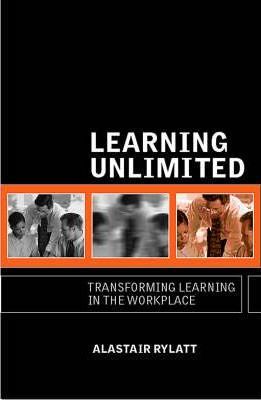
Learning Unlimited : Transforming Learning in the Workplace
Learning organizations, where staff are encouraged to learn and develop skills that may not be directly relevant to their particular job, are viewed by many as the model for the successful organization of the future. This manual combines thinking on positive workplace transformation with practical exercises and techniques for bringing about achievable change within organizations of all types. Beginning by offering a critical and comprehensive evaluation of the ‘learning organization’ and workplace learning, the author goes on to explore the basic concepts that enable an individual, team or organization to begin the process of workplace learning transformation. Detailed strategies for bringing about customised change are provided, while the final part of the book provides a toolkit of activities to help readers identify the needs of their organization and construct a workable action plan for creating a learning environment.
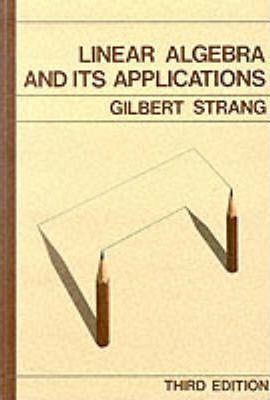
Linear Algebra and Its Applications
This text has a highly applied and computational focus. It combines the important underlying theory discussions with examples from electrical engineering, computer science, physics, biology, and economics. There are twice as many examples in this edition as there were in previous editions. Many new exercises appear in the sections and in the chapter reviews, especially exercises that are simple but instructive. An expanded list of computer codes in an appendix and more computer-solvable exercises in the text reflect Strang’s interest in computational linear algebra.
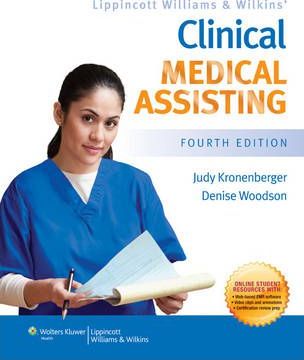
Lippincott Williams & Wilkins’ Clinical Medical Assisting
We’re pleased to introduce the fourth edition of Lippincott Williams & Wilkins’ Clinical Medical Assisting, the medical assisting text designed to be the go-to resource for medical assisiting programs that address clinical skills separately from administrative. This dynamic package represents more than just a textbook, instead providing a suite of learning resources. This is the one text aimed at making sure that every graduate can quickly change their cap and gown for a set of scrubs and immediately be a vital member of the medical office. We do this by: providing the content in an engaging style that speaks to students. Putting pedagogy to work in the text through key features like patient education boxes, competency checklists, procedure boxes, and more; constantly reinforcing the learning through additional online ancillaries such as videos, animations, and ESL resources; helping instructors lessen planning time, with robust ancillary resources; and, new content in the fourth edition focuses on addressing crucial changes in policy and technology.
Without changing the engaging writing style we’re known for, we’ve made sure that the content is up-to-date and in-line with the needs of the market. We’ve added content on emergency preparedness, a crucial topic in today’s medical office. In addition, instructors will be happy to find the latest CAAHEP and ABHES competencies clearly addressed throughout the text. Online Tutoring powered by Smarthinking-Free online tutoring, powered by Smarthinking, gives students access to expert nursing and allied health science educators whose mission, like yours, is to achieve success. Students can access live tutoring support, critiques of written work, and other valuable tools.
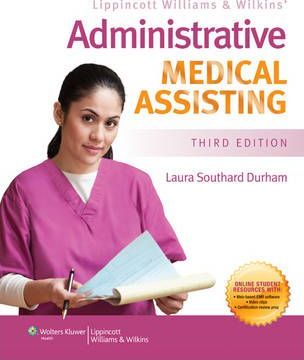
Lippincott Williams & Wilkins’ Administrative Medical Assisting
We’re pleased to introduce the third edition of Lippincott Williams & Wilkins’ Administrative Medical Assisting, the medical assisting text designed to address the challenges of medical assisting faculty and to provide the necessary content for programs that address administrative skills separately from clinical skills. This dynamic package of text and resources represents more than just a textbook, instead providing a suite of learning resources. This is the one text aimed at making sure that every graduate can quickly change their cap and gown for a set of scrubs and immediately be a vital member of the medical office. We do this by: providing the content in an engaging style that speaks to students; putting pedagogy to work in the text through key features like patent education boxes, competency checklists, procedure boxes, etc; constantly reinforcing the learning through additional online ancillaries such as games and activities, animations, and ESL resources to round out the experience; helping instructors lessen planning time, with robust instructor resources; and competency mapping tools help faculty members and students track their progress through the material.
New content in the third edition focuses on addressing crucial changes in policy and technology. Without changing the engaging writing style we’re known for, we’ve made sure that the content is up-to-date and in-line with the needs of the market. We’ve added content on emergency preparedness, a crucial topic in today’s medical office. In addition, instructors will be happy to find the latest CAAHEP and ABHES competencies clearly addressed throughout the text.
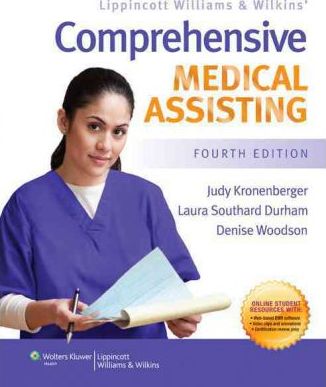
Lippincott Williams & Wilkins’ Comprehensive Medical Assisting
In the healthcare job market, much has changed in the past few years. Qualified healthcare workers are in demand, and in no area is this so apparent as in medical assisting. The challenges for the programs that train these assistants are multi-faceted: Guidelines, technologies, and the demands of this industry are changing fast. It is hard to keep up with what is new and expected when you have a full classroom. Today’s student brings unique challenges to an educational environment. In addition to skills and tasks, you have to teach critical thinking, professionalism, and communication. In a classroom of mixed generations, ability levels, and learning types, engaging all of the students is critical, but requires a multitude of options, which can be tough to plan for an already time-pressed instructor. Because of our understanding of the above, Lippincott Williams & Wilkins’ Comprehensive Medical Assisting, Fourth Edition, is the medical assisting text designed to meet your challenges. In fact, this dynamic package of text and resources represent more than just a textbook, instead providing a suite of learning resources.
This is the one text aimed at making sure that every graduate can quickly change their cap and gown for a set of scrubs and immediately be a vital member of the medical office. We do this by: providing the content in a way that speaks to students, with an engaging style that puts comprehension and understanding at the forefront of the experience; and putting pedagogy to work in the text through key features like patient education boxes, competency checklists, procedure boxes, etc. We’ve emphasized not only the skill needed, but also continually draw the connection between what a student is learning and what they will need to do when they are working in a medical office; Placing students in the real environment in which they will need to live! Our electronic EMR and PMS software package allows you to train students in a platform already in use in medical offices throughout the country. And to help you train, we provide case studies to help keep make the learning experience as real-world as possible; and showing what we teach through skills videos to help definitively show the procedures and skills described so learners of all styles can better understand.
We do this by: constantly reinforcing the learning through additional online ancillaries including animations, ESL resources, etc. to round out the experience; helping instructors lessen planning time, giving them more time with their students, through robust instructor resources including lesson plans, PowerPoints, and more; and a competency spreadsheet that helps faculty members and students track their progress through the material. New content in the fourth edition focuses on addressing crucial changes in policy and technology. Without changing the engaging writing style we’re known for, we’ve made sure that the content is up-to-date and in-line with the needs of the market. We’ve added content on emergency preparedness, a crucial topic in today’s medical office. In addition, instructors will be happy to find the latest CAAHEP and ABHES competencies clearly addressed throughout the text.
